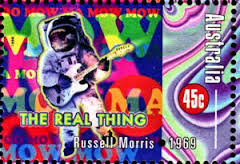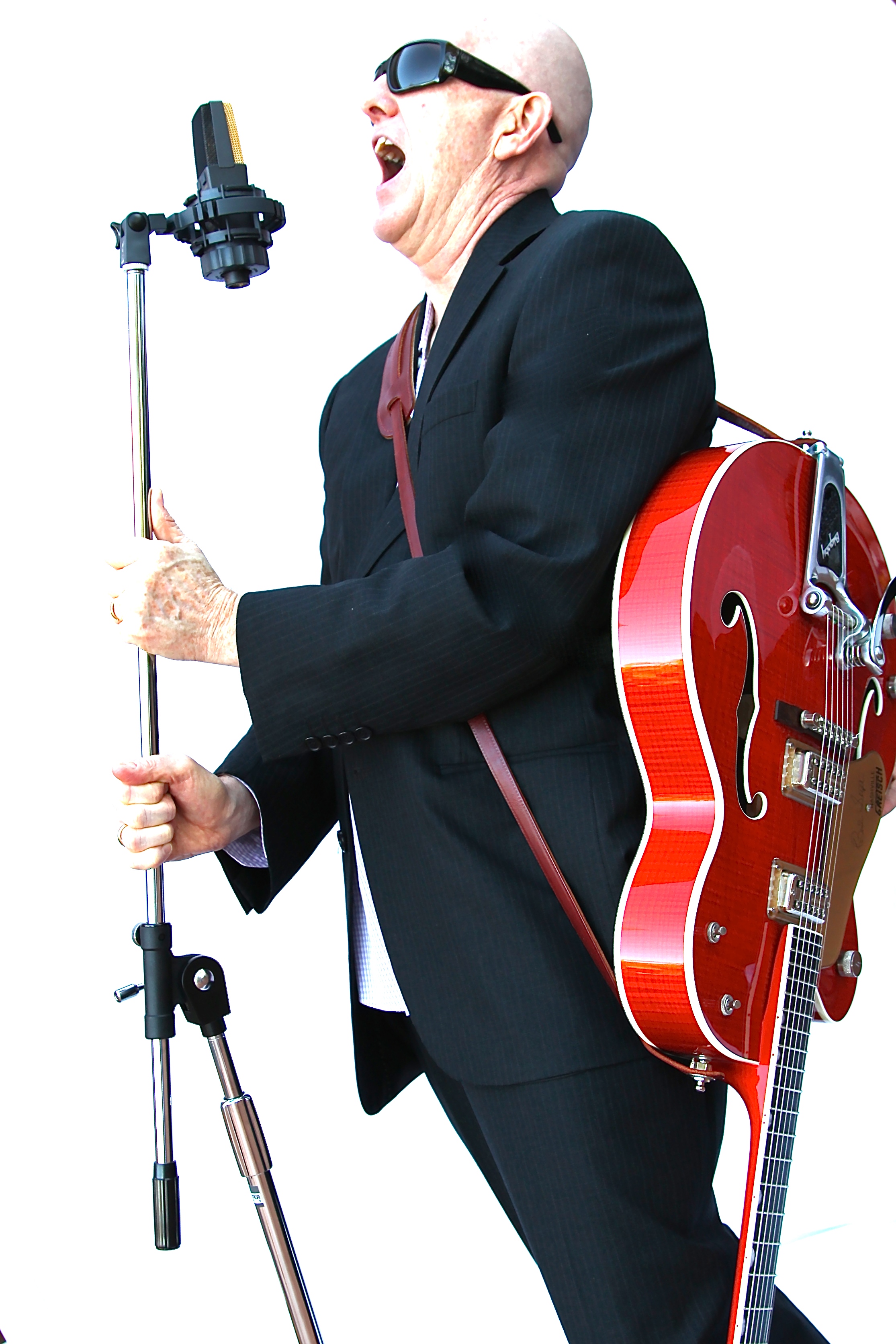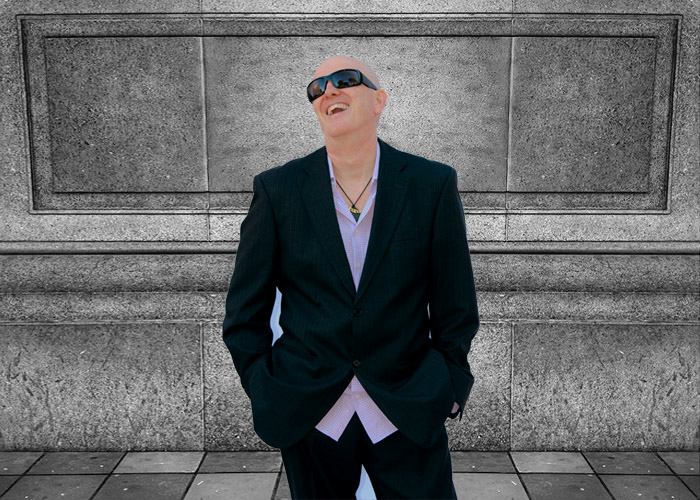 (Australia Post stamp 1998)
(Australia Post stamp 1998)
This blog is a continuation of a series. See here for the previous blog.
A significant influence
A song that had a significant influence on my music practice in my formative years was “The Real Thing” written by Johnny Young, performed by Russell Morris, produced by Ian ‘Molly’ Meldrum (Max TV 2014).
The Real Thing
The song was originally released in 1969 – an era of exponential technological development, including space travel, exploration (the first man walking on the moon), global conflict (the Vietnam war), global uprising (protests against the US involvement in this war), the social and cultural movement of peace, love and the resultant drug taking (largely marijuana and LSD), and music including folk, jazz, R&B, pop, rock, progressive rock and psychedelic rock genres (to name a few).
Russell Morris was an acoustic pop performer with some popular music chart success, playing either 6 string or 12 string guitars. Whilst he did play as a solo performer, a band often supported Morris (Wikipedia 2014). This song uses the basis of acoustic music (acoustic guitars, bass, drums) with layers of keys, processing applied and sampled sounds (such as news recordings, laughter, choral bomb sirens and it concludes with a bomb blast) over the top. Despite this song had clear acoustic influence, performed by someone who was usually an acoustic artist I recall the main aspects that caught my attention with this song was:
-
This song was clearly of psychedelic character, with numerous technical processes applied
-
The most obvious technical characteristic are the full use of the stereo field, with liberal use of panning; and
-
the extreme use of time-domain processing, from the opening section of the song, applied to both the music and the vocal line……including large amounts of reverb, delay, and flanging to name a few. Additionally, because of the large amount of processing, the main sonic quality was quite distorted in places, particular in the later half of the song
-
The use of these, especially the extent and the amount of processing helped create and place the listener in an out of world or drug-induced type state.
-
The duration of the song is more than double the length of the usual pop song of the day at 6 mins 22 seconds in length. [However, there was also a 3 min 46 second version played on radio]
-
the simplistic nature of the lyric, being only a few lines repeated throughout the whole song. I recall how a song could take you on a journey, telling a story, with limited lyrics, and yet still had an emotional impact of me
-
whilst the song represented a vehicle that transported me to another world sonically & aurally, I recall the intrigue of how this song incorporated a political statement, with the music video referenced against a backdrop of Vietnam war film footage. This introduced to me the multiple intentions and messages a song could express, appealing to a range of listeners with different values and beliefs of what the cultural production actually meant to them.


